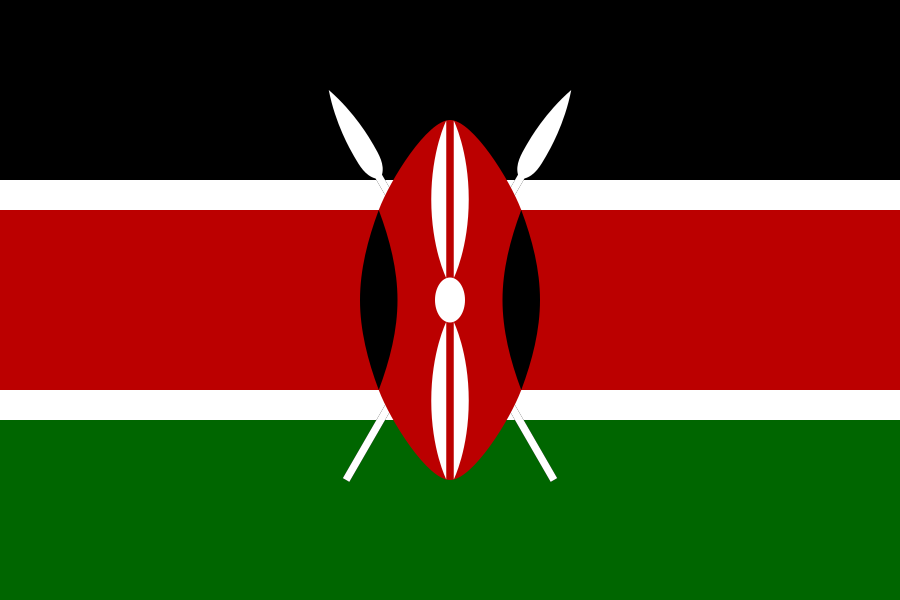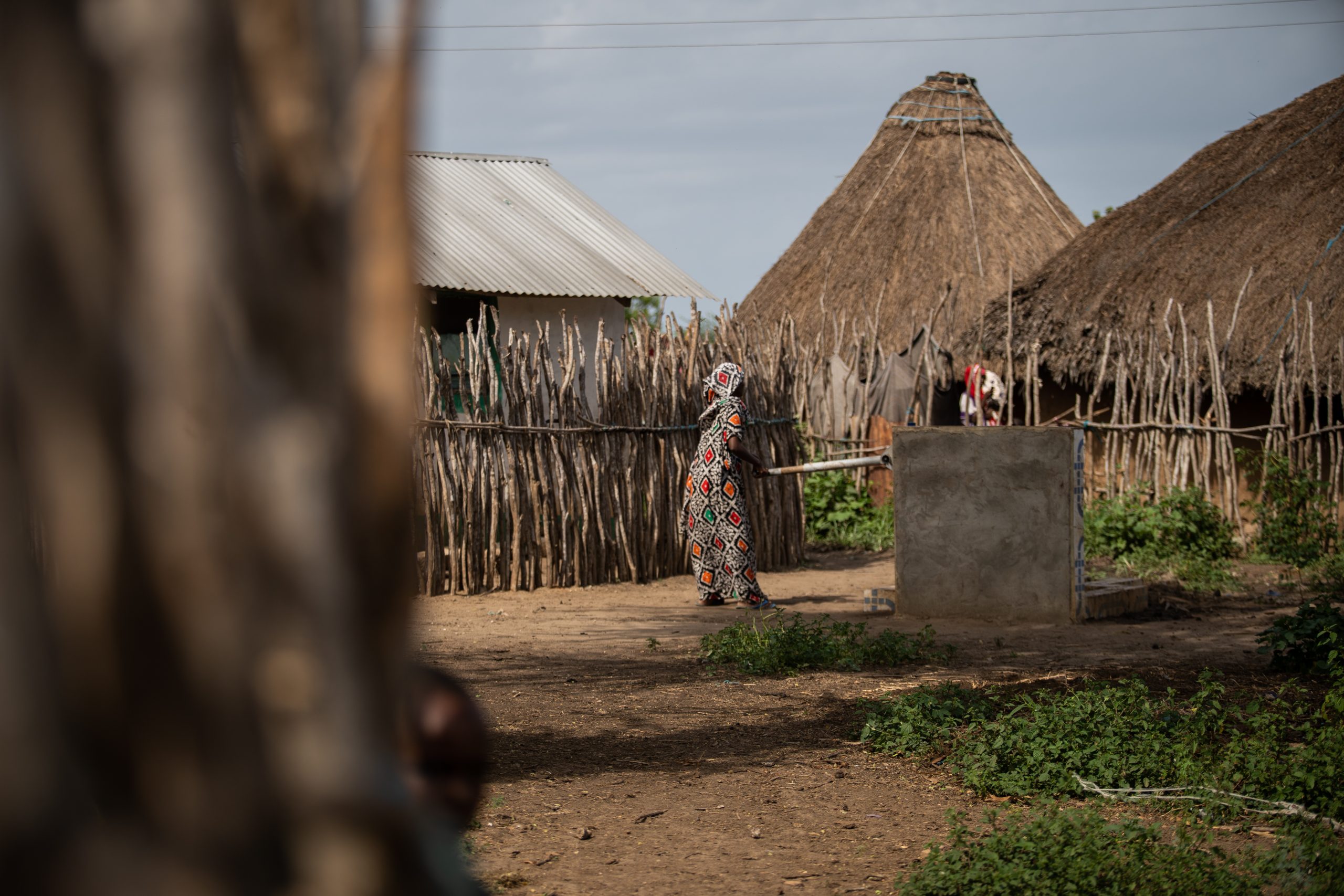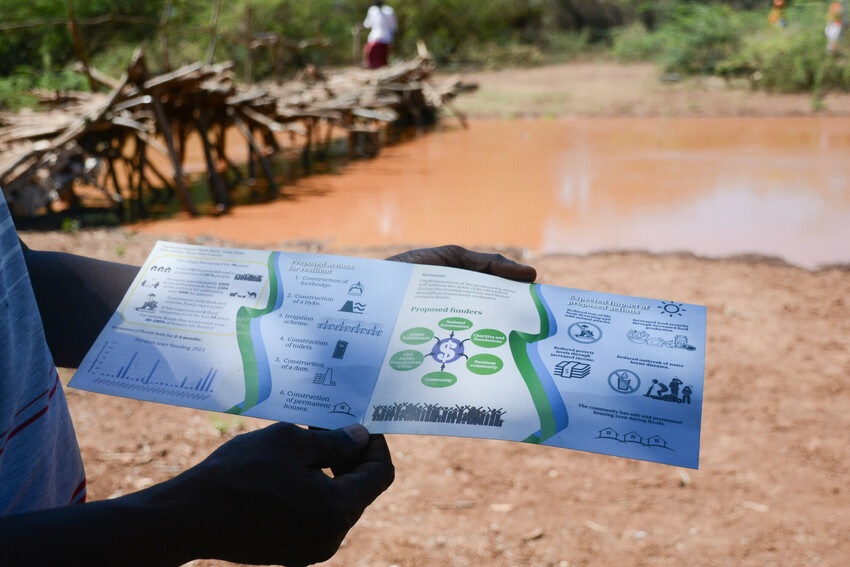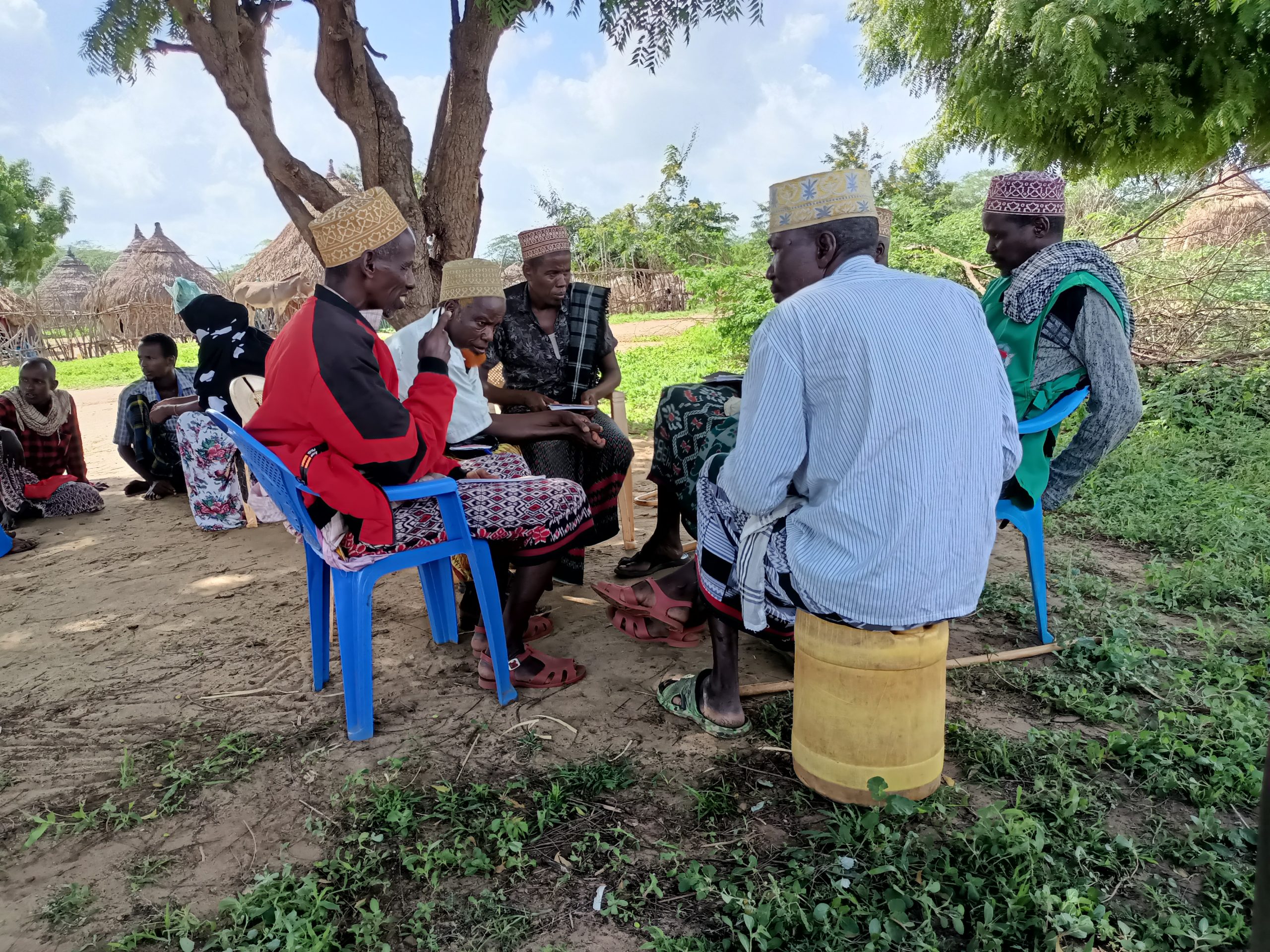Our impact so far
Kenya is extremely susceptible to climate-related events and projections indicate that the impacts are likely to affect the country even more in the future. In many areas, extreme events and variability of weather are now the norms; rainfall is irregular and unpredictable; some regions experience frequent droughts during the long rainy season, and others severe floods during the short rains. The arid and semi-arid areas are particularly hard hit by these climate hazards, thereby putting the lives of millions of households and their social and economic activities at risk.
Concern Worldwide have been working with 13 rural communities located along the River Tana, in the Tana Delta sub county, to develop ways to prevent or mitigate flood impacts and adapt to and prepare for floods in a changing climate using local knowledge systems, materials, and methods. Tana River County suffers from both riverine and flash floods with occasional coastal floods. Riverine floods are the most severe and affect all communities living along the 500 km stretch.
The main sources of livelihood for communities in this area are livestock keeping, beekeeping, subsistence and cash crop farming and fishing. Concern have supported 3 communities in setting up minor irrigation schemes away from the riverine. To diversify livelihoods, training and equipment for modern beekeeping practices were provided. 39 Advocacy Champions were also trained and attended public participation forums for the County Integrated Development Plan. As a result of this, 77% of the Alliance-supported communities had at least one priority incorporated. To improve water, hygiene and sanitation during floods, Concern have carried out Community-Led Total Sanitation in 5 communities.
The future
Concern are working in Kenya to shift the national and sub-national flood risk management from mere focus on post event response (reactive flood risk management strategies) to prioritising risk reduction and prevention activities (proactive flood risk management strategies). This will be achieved through national and subnational advocacy and strengthening the community governance systems with the aim to:
- Increase budgetary allocation to the different phases of disaster risk management by the national and sub-national governance levels.
- Improve community resilience to disasters resulting from the timely and adequate disaster risk management resources.






